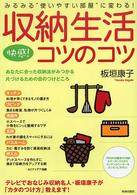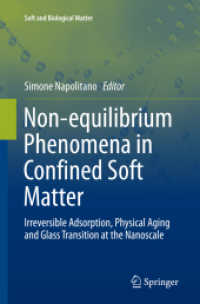Full Description
Expert physicians and researchers in sports medicine comprehensively review what is known about how such activity effects the endocrine system and how in turn these evoked hormonal responses affect many other organs and systems of the body. Topics range from the various endocrine pathways that are altered by exercise, to the effect of hormones on performance. Other topics include the effect of exercise on puberty and growth and the hormonal regulation of fluid homeostasis, substrate metabolism, and energy balance. A substantial part of the book is devoted to the exercising female, and the influence of exercise-driven hormonal changes on the menstrual cycle, contraceptive use, pregnancy, and menopause. Comprehensive and authoritative, Sports Endocrinology constitutes a major new reference source that critically integrates what is known about the complex interaction of the endocrine system in the sports context. It will prove immensely valuable to all physicians and clinical investigators treating those active in sports today.








